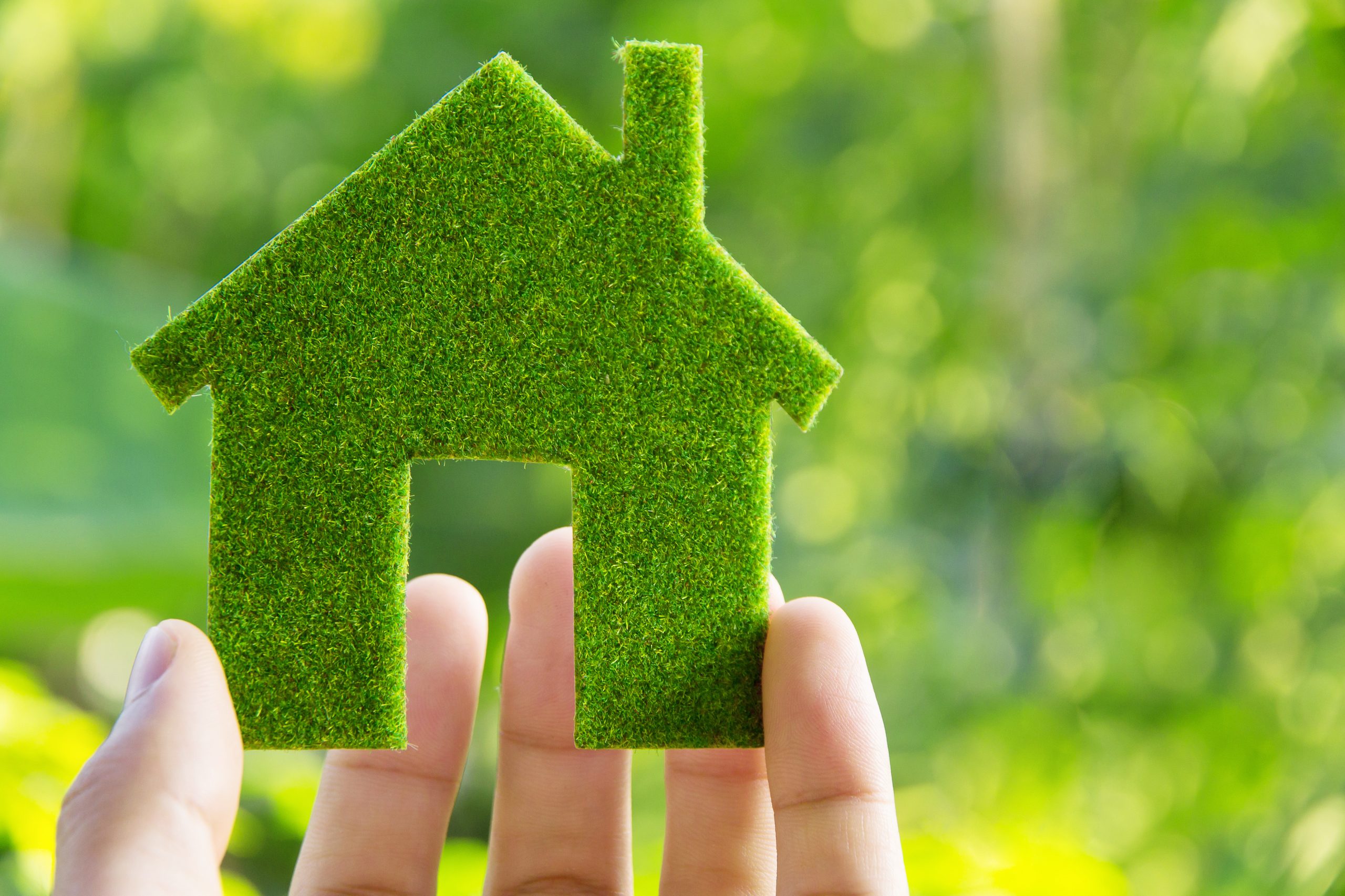
As environmental awareness grows, many homeowners are seeking ways to make their homes more sustainable and eco-friendly
Sustainable home improvement not only reduces your carbon footprint but also promotes energy efficiency and a healthier living environment. In this article, we’ll explore eco-friendly tips and practices that can help you create a greener home while reducing your impact on the planet
1. Energy-Efficient Lighting:
Replace traditional incandescent bulbs with energy-efficient alternatives such as LED or CFL bulbs. These bulbs consume less energy, last longer, and emit less heat. Consider installing motion sensors or timers to automatically turn off lights in unoccupied areas and maximize energy savings.
2. Efficient Water Usage:
Reduce water consumption by installing low-flow faucets, showerheads, and toilets. These fixtures use less water without compromising functionality. Additionally, fix any leaks promptly to prevent wastage. Collect rainwater in barrels or use it for outdoor irrigation to conserve water resources.
3. Upgrade Insulation:
Improve your home’s energy efficiency by upgrading insulation in walls, floors, and the attic. Proper insulation helps maintain a comfortable indoor temperature, reducing the need for excessive heating or cooling. Choose sustainable insulation materials such as recycled denim, cellulose, or natural fibers like wool.
4. Harness Solar Power:
Consider installing solar panels on your roof to harness clean and renewable energy from the sun. Solar power can offset a significant portion of your electricity consumption, reducing reliance on fossil fuels. Explore local incentives and financing options to make solar panel installation more affordable.
5. Sustainable Flooring:
Opt for sustainable flooring options that are durable, environmentally friendly, and toxin-free. Materials like bamboo, cork, reclaimed wood, and recycled tiles are excellent choices. These materials are renewable, reduce landfill waste, and often require less energy for production.
6. Eco-Friendly Paint:
Choose low or zero volatile organic compound (VOC) paints when redecorating your home. Traditional paints release harmful chemicals into the air, contributing to indoor air pollution. Eco-friendly paints are water-based, have lower VOC content, and are safer for your health and the environment.
7. Efficient Heating and Cooling:
Upgrade to energy-efficient heating and cooling systems to reduce energy consumption and lower utility bills. Install programmable thermostats to optimize temperature settings based on occupancy and time of day. Regularly maintain and clean your HVAC system to ensure it operates at maximum efficiency.
8. Sustainable Materials:
When undertaking home improvement projects, prioritize sustainable and eco-friendly materials. Choose products with certifications such as Forest Stewardship Council (FSC) for responsibly sourced wood, or Cradle to Cradle (C2C) for products that promote circular economy principles. Look for locally sourced materials to reduce transportation emissions.
9. Water-Efficient Landscaping:
Create a sustainable landscape by incorporating water-efficient practices. Choose native plants that are adapted to the local climate and require less water. Install drip irrigation systems to minimize water loss through evaporation. Mulch garden beds to retain moisture and prevent weed growth. Harvest rainwater for outdoor watering needs.
10. Waste Management:
Implement effective waste management practices in your home. Set up recycling bins for paper, plastic, glass, and metal. Compost organic waste to reduce landfill contributions and create nutrient-rich soil for your garden. Opt for reusable products instead of single-use items whenever possible.
Conclusion:
Sustainable home improvement is a meaningful way to contribute to a greener future. By adopting eco-friendly practices such as energy-efficient lighting, water conservation, efficient insulation, and the use of sustainable materials, you can create a more sustainable and environmentally conscious home. Embrace these tips to reduce your ecological impact and inspire others to make greener choices for a better planet.

